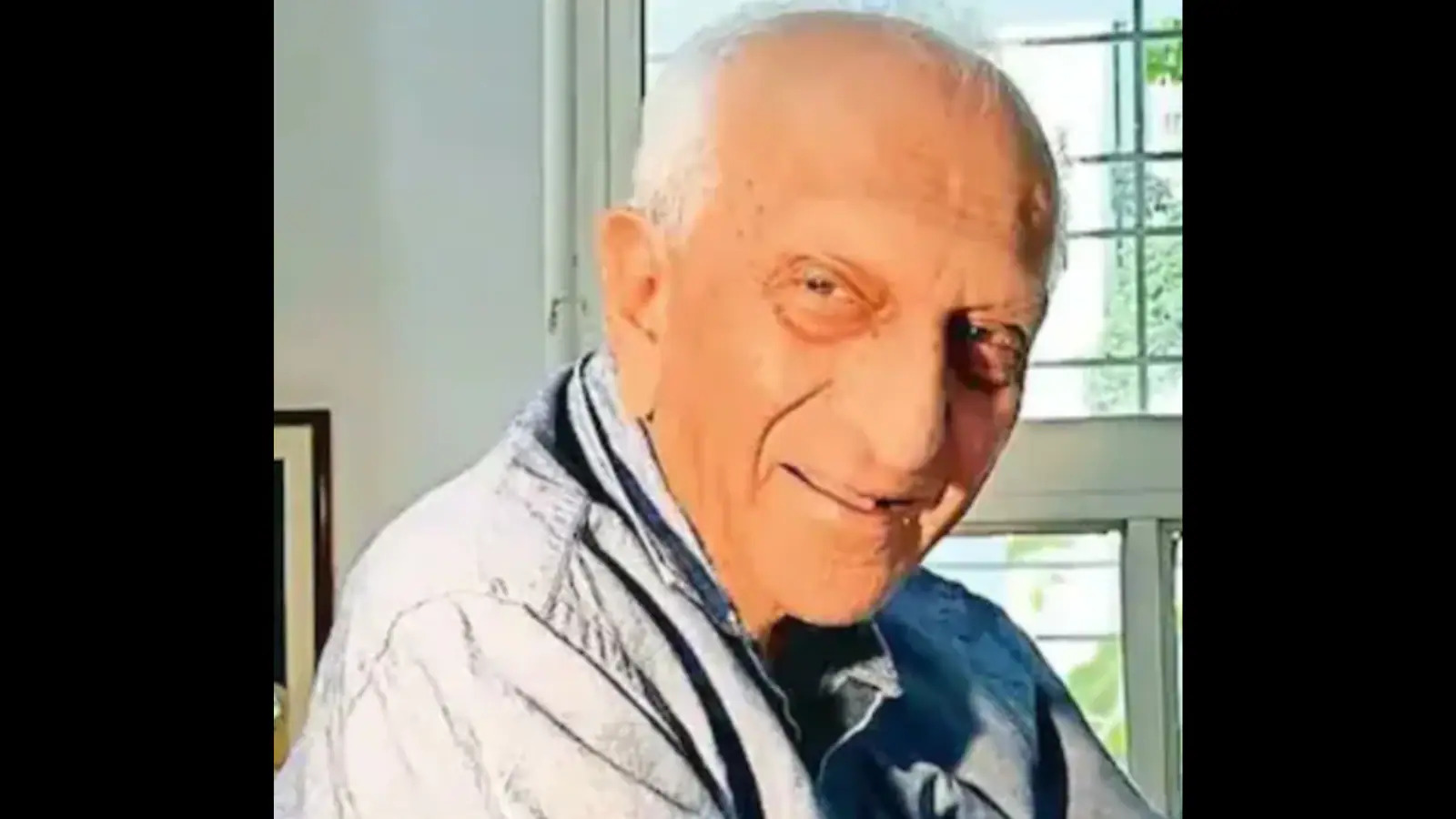Copyright news18

Eknath Vasant Chitnis, the esteemed scientist who laid the groundwork for India’s space programme and moulded the nation’s scientific ambitions, passed away on Wednesday at the age of 100. Dr Chitnis, who had been ailing for the past few days, succumbed to a heart attack. His contributions to science and technology were unparalleled, and his involvement in India’s scientific journey was pivotal. Dr Chitnis was instrumental in introducing the television revolution to rural India and was one of the key founders of the Indian Space Research Organisation (ISRO). He is also credited with recognising the potential of APJ Abdul Kalam, who later became India’s President and a global figure in aerospace. Born on July 25, 1925, Dr. Chitnis, a trusted associate of Vikram Sarabhai, played a key role in shaping the foundation of India’s first space programme. He identified the Thumba Equatorial Rocket Launching Station (TERLS) in Thumba, Kerala, in the early 1960s, explaining its strategic importance due to its equatorial location. This decision was crucial for India’s future space development. Pivotal Figure In ISRO’s Creation Dr Chitnis served as the Member Secretary of the Indian National Committee for Space Research (INCOSPAR), which later evolved into ISRO. He initiated the INSAT programme, established remote sensing applications, and developed space-based communication projects that extended television and telecommunications to remote Indian villages. From 1981 to 1985, he directed the Space Applications Centre (SAC) in Ahmedabad, providing new direction to the institution after Professor Yash Pal. Exceptional Talent-Spotting Abilities In 1985, Dr Chitnis was awarded the Padma Bhushan for his extraordinary contributions to science and nation-building. Not widely known is his pivotal role in shaping the career of APJ Abdul Kalam. In 1962, Dr Chitnis personally reviewed young Kalam’s resume and recommended him for NASA’s training programme, a decision that significantly impacted India’s aerospace trajectory. Staying Active Beyond Retirement After retiring in 1989, Dr Chitnis moved to Pune, where he helped establish the Educational Multimedia Research Centre (EMRC) at Savitribai Phule Pune University. He continued his work in science education and development communication for two decades. This year, on his centenary, the Indian Institute of Science Education and Research (IISER) in Pune and the National Centre for Science Communicators (NCSC) in Mumbai organised a conference titled ‘Pioneering Space, Science, Policy, and Innovation’. Senior ISRO scientists and young researchers participated, paying tribute to Dr Chitnis’s visionary contributions to India’s scientific landscape. Linked To The World Of Journalism Dr Chitnis was also connected to the Press Trust of India (PTI), serving as its president twice over nearly three decades. His son, Chetan Eknath Chitnis, is a distinguished molecular biologist who received the Padma Shri in 2023. India’s space science journey, from Thumba to Mars, owes much to visionaries like Dr Vasant Chitnis, whose foresight and dedication continue to inspire future generations.



